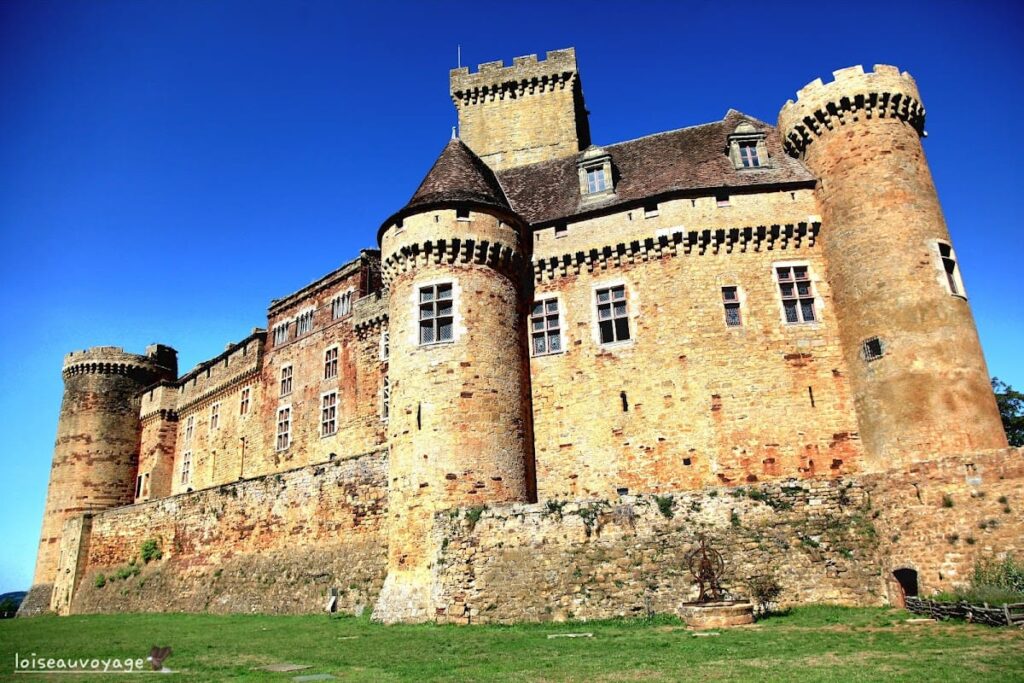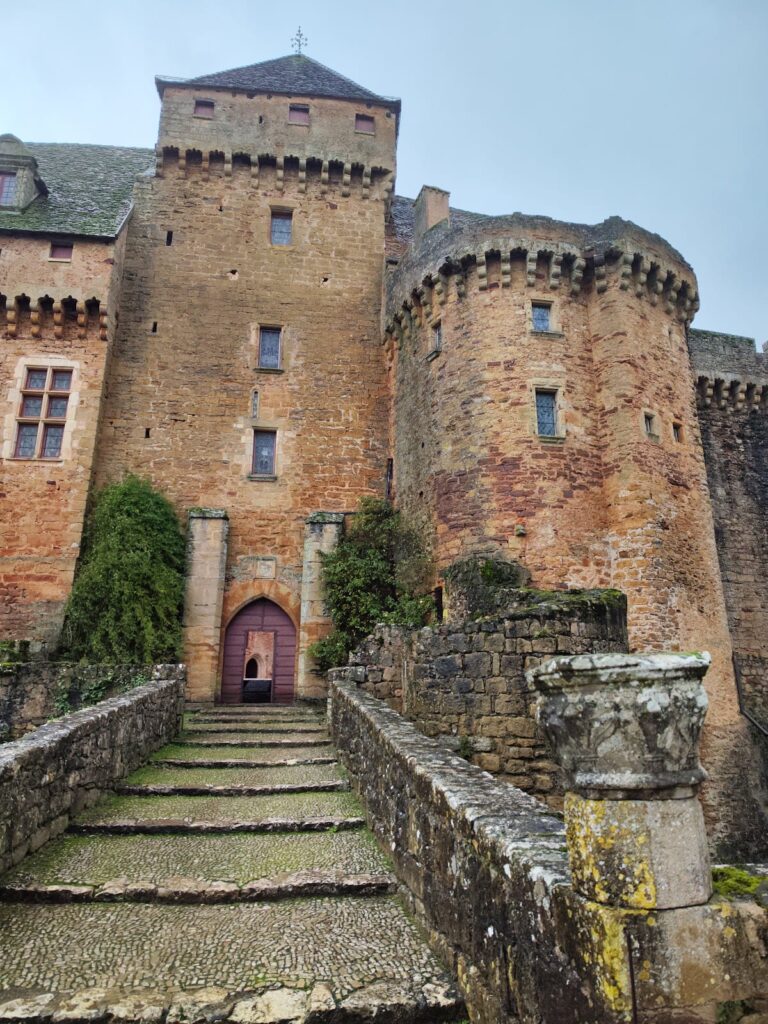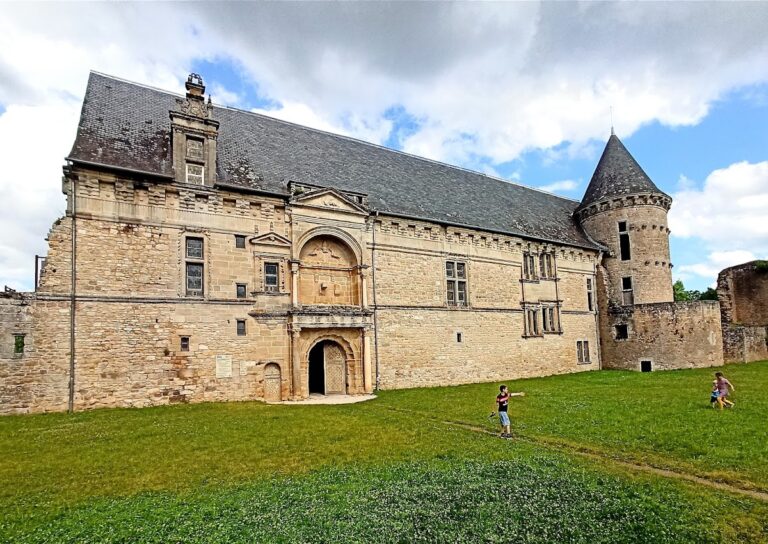Château de Castelnau-Bretenoux: A Medieval Fortress in Southwestern France
Visitor Information
Google Rating: 4.3
Popularity: Medium
Google Maps: View on Google Maps
Official Website: castelnau-bretenoux.fr
Country: France
Civilization: Medieval European
Remains: Military
History
The Château de Castelnau-Bretenoux stands in Prudhomat, within the Lot department of southwestern France. It was established around the year 1100 by Hugues de Castelnau, founder of a powerful baronial family loyal to the Counts of Toulouse. This medieval fortress was built to assert control over the surrounding valleys, including the Dordogne, and to serve as the seat of the Castelnau barony.
In 1159, the castle was seized by King Henry II of England during his campaigns in the region. However, following the conclusion of the Hundred Years’ War, control returned to the Castelnau family. The barony played an active role in regional politics, with members participating in several Crusades and engaging in conflicts with neighboring lords such as the Viscounts of Turenne. Over time, the castle passed through various branches of the family, including Castelnau-Calmont, Castelnau-Caylus, and Castelnau-Clermont-Lodève, some of whom held important religious and royal offices.
From the 12th to the 17th century, the castle underwent multiple expansions and modifications. In the 15th century, it was adapted to withstand artillery attacks, reflecting changes in military technology. Later, during the 16th and 17th centuries, the fortress was transformed to provide greater residential comfort, with larger windows and decorative interiors. After the death of the last Castelnau heir in 1715, the castle fell into neglect. During the French Revolution, parts of the castle, including the drawbridge and entrance towers, were destroyed.
The 19th century saw the castle change ownership several times. A major fire in 1851 destroyed much of the 17th-century wing. Despite this, the castle was recognized for its historical value and was classified as a historic monument in 1862. In 1896, Jean Mouliérat, a singer and art collector, acquired the property. He dedicated thirty years to restoring the castle, preserving its interiors and collections. Shortly before his death in 1932, Mouliérat donated the castle to the French state.
Remains
The Château de Castelnau-Bretenoux occupies a hilltop at the meeting point of several valleys, making it visible from a distance. Its layout is roughly triangular, with sides measuring about 83 to 86 meters. The fortress is enclosed by three layers of defensive walls, a deep moat approximately 12 meters wide and 8 meters deep, and nine round towers, including three large towers at each corner of the triangle. The walls are constructed from distinctive red sandstone.
The oldest surviving part is the 12th-century rectangular “Tour de l’Auditoire,” measuring 12 by 10 meters and rising 20 meters high. It has two basement levels and a large upper hall with five Romanesque windows. This hall once served as a meeting place for the Estates of Quercy, a regional assembly. Nearby stands the 13th-century square donjon, a 30-meter tall keep with thick walls and vaulted halls. Originally equipped with wooden hoardings, it was later reinforced with stone machicolations. A bell was added to this tower in 1475.
The 14th-century chapel, built on the site of an earlier Romanesque chapel, is about 12 meters square and features ribbed vaults. It was once fully decorated with frescoes depicting scenes from the Passion and Resurrection, though only traces remain today. Defensive improvements from the 15th century include the “grosse tour,” a large military tower with artillery openings and arrow slits across five floors. Another northern tower, 14 meters in diameter, combines defensive lower floors with upper residential levels accessed by spiral staircases.
Later modifications in the 16th and 17th centuries introduced larger windows, richly decorated salons, a grand balcony built through the curtain wall, and a kitchen. The original drawbridge and two flanking entrance towers were destroyed during the French Revolution and replaced by a stone bridge. Interior restorations by Jean Mouliérat involved removing some later alterations, installing a lapidary gallery in place of a grand staircase, and furnishing rooms with period furniture and art from the 16th to 18th centuries, including pieces from the reigns of Louis XIII and Louis XIV.
The castle also includes the collegiate church of Saint-Louis, begun in 1507 and completed by the late 16th century. This church contains Renaissance carved wooden stalls, stained glass windows, and a notable reliquary shaped like the arm of Saint Louis. Surrounding the castle are the remains of a medieval village established on the eastern slopes of the hill. This village was formalized by a 1345 charter granting its inhabitants specific rights and freedoms.










